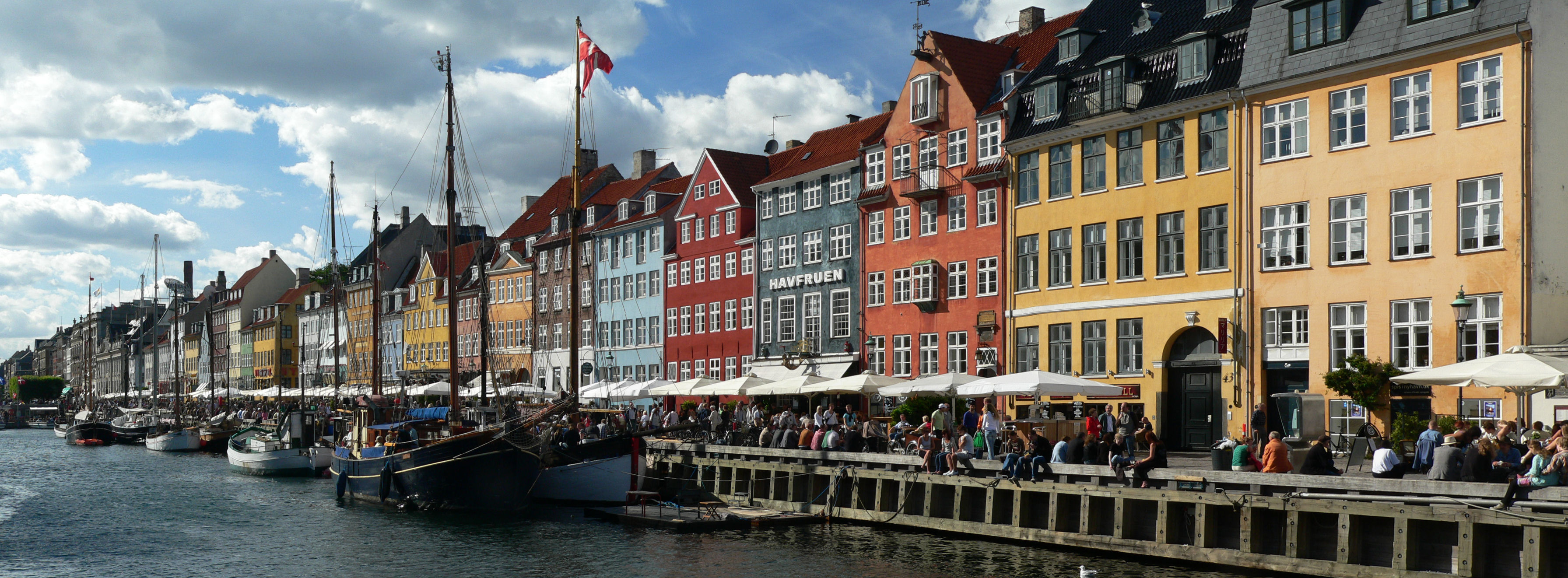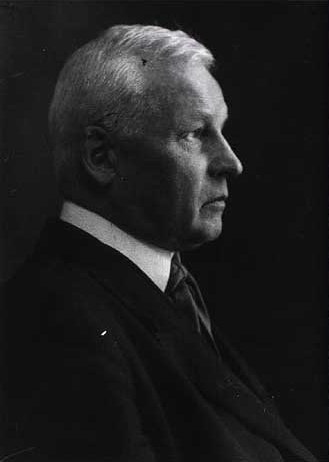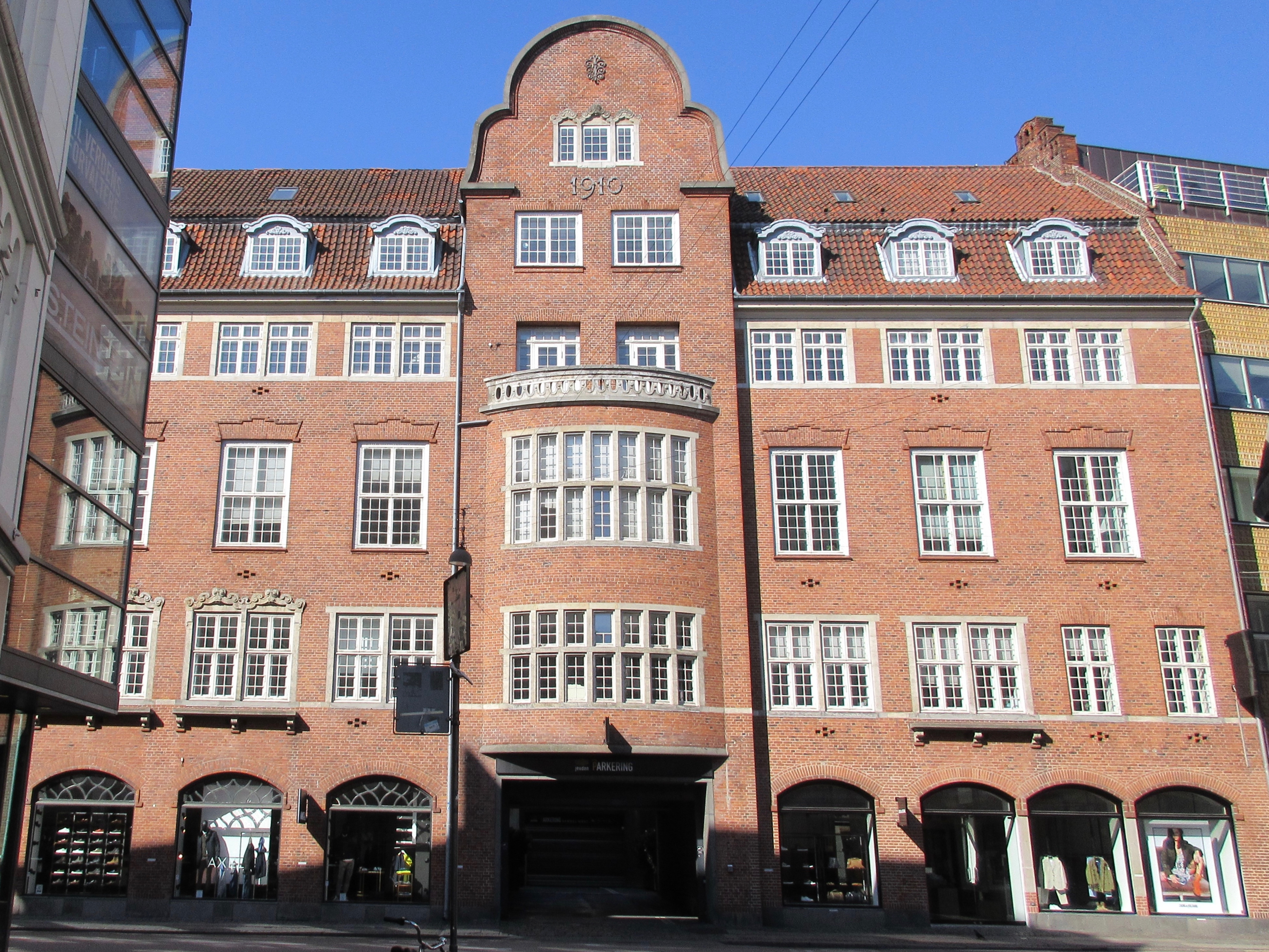|
Gammel Mønt
Gammel Mønt ( en, Old Mint) is a street in central Copenhagen, Denmark, located one block west of Gothersgade and Rosenborg Castle Garden. History In 1497, a community of Poor Clare nuns established the Monastery of St. Clare roughly at the junction of present day Gammel Mønt and Møntergade. In 1541, after the Reformation, it came into use as the Royal Mint. From 1575 to 1593 it was used as a church by a German congregation but then again as a mint until 1623 when the Royal Mint moved to Borgergade. The property then became known as ''Gammel Mønt'', Old Mint, and this name was transferred to the street which emerged between 1631 and 1650 as the former monastery gardens were built over. The street was destroyed in the Copenhagen Fire of 1728. Buildings All except one of the houses on the south side of the street are listed. They are representatives of the so-called fire houses that was built in large numbers in the years after the Great Fire of 1728. Kvindelig Læseforeni ... [...More Info...] [...Related Items...] OR: [Wikipedia] [Google] [Baidu] |
Indre By
Indre By (lit. English, "Inner City"), also known as Copenhagen Center or K or Downtown Copenhagen, is an administrative district (''by'') in central Copenhagen, the capital of Denmark. It covers an area of , has a population of 26,223, and a population density of 5,638 per km². Neighboring city districts are as follows: * to the east and south east is Christianshavn, separated from the Inner City by the Inner Harbour (''Inderhavnen'') and Copenhagen Harbour (''Københavns Havn'') * to the north is Indre Østerbro * to the west is Indre Nørrebro and Frederiksberg municipality, which is not a part of Copenhagen municipality but rather an enclave surrounded by the municipality, with both being separated from the Indre By along the "lakes" (Skt. Jørgens Lake, Peblinge Lake, and Sortedams Lake) * to the southwest is Vesterbro * to the south is Vestamager, separated from the Inner City by the South Harbour (''Sydhavnen'') The Indre By district This district is the historic, ge ... [...More Info...] [...Related Items...] OR: [Wikipedia] [Google] [Baidu] |
Copenhagen Fire Of 1728
The Copenhagen Fire of 1728 was the largest fire in the history of Copenhagen, Denmark. It began on the evening of 20 October 1728 and continued to burn until the morning of 23 October. It destroyed approximately 28% of the city (measured by counting the number of destroyed lots from the cadastre) and left 20% of the population homeless. The reconstruction lasted until 1737. No less than 47% of the section of the city, which dates back to the Middle Ages, was completely lost, and along with the Copenhagen Fire of 1795, it is the main reason that few traces of medieval Copenhagen can be found in the modern city. Although the number of dead and wounded was relatively low compared to the extent of the fire, the cultural losses were huge. In addition to several private book collections, 35,000 texts including a large number of unique works were lost with the University of Copenhagen library, and at the observatory on top of Rundetårn, instruments and records made by Tycho Brahe and ... [...More Info...] [...Related Items...] OR: [Wikipedia] [Google] [Baidu] |
Klareboderne
Klareboderne is a street in the Old Town of Copenhagen, Denmark. It runs from Købmagergade in the west to Pilestræde in the east where it turns into Møntergade and continues to Gothersgade. The Gyldendal publishing house is based in the Gyldendal House at No. 3. History The street name refers to St. Clare's Monastery, Copenhagen, St. Clare's Monastery which was established at the eastern end of the street in 1493. The name is known from at least 1518 when a document mentions "Albritt van Gocks bod her, som nu kallis Clare bodher" ("Albritt van Gock's houses which are now called Clar'e houses". Later in the century the street was variously referred to as "Clara Stræde" (Clara's Alley) and "Clara boder". The monastery closed after the Reformations and its buildings were used for a time for other purposes before its site was builtover between 1631 and 1650. Notable buildings and residents No. 1 is the former Messen department store which fronts Købmagergade. The building was ... [...More Info...] [...Related Items...] OR: [Wikipedia] [Google] [Baidu] |
Grønnegade
Grønnegade ( lit.: Green Street) is a street in the Old Town of Copenhagen, Denmark, running northeast from Gammel Mønt to Gothersgade where it turns into Borgergade. It is part of Copenhagen's most exclusive shopping area, located northwest of Kongens Nytorv Kongens Nytorv ( lit. "The King's New Square") is a public square in Copenhagen, Denmark, centrally located at the end of the pedestrian street Strøget. The largest square of the city, it was laid out by Christian V in 1670 in connection with .... History The street name Grønnegade, then as ''Grønægade'', is already registered in 1377, making it one of the oldest street names in Copenhagen which still exist today. In the Middle Ages, it was a grassy path that passed through an area with private gardens and undeveloped sites. From at least 1689, a closed passageway, later referred to as Smids Gang, extended from the north side of the street. Another narrow alleyway, Peder Madsens Gang, connected Grønnegade to Øst ... [...More Info...] [...Related Items...] OR: [Wikipedia] [Google] [Baidu] |
Landemærket
Landemærket, literally "The Landmark", is a street in the Old Town of Copenhagen, Denmark. It extends from Købmagergade along the north side of the Trinitatis Complex (Round Tower and Trinitatis Church, Guttenberghus and the Film House to Gothersgade at Rosenborg Castle Gardens. History The name Landemærket reflects the topographical situation in the late 16th century when the street marked the transition between the built-up area of the city and the last undeveloped lots within the city walls. On 23 October 1665, the last block of the street was called Slippen until 1873. The oldest surviving accounting records from Trinitatis Church lists an expense for "a hasp on the gate in the fence towards Landemerchett (German spelling)". The street was from 1798 home to a row of small shops which were established along the wall that surrounded Trinitatis Church's graveyard to create an extra income for the church. They sold various goods, including tea and coffee, porcelain, stock ... [...More Info...] [...Related Items...] OR: [Wikipedia] [Google] [Baidu] |
Gråbrødretorv
Gråbrødretorv is a public square in the centre of Copenhagen, Denmark, just off the pedestrian street Strøget. History Gråbrødretorv (Greyfriars Square) takes its name from a Franciscan friary, which was established at the site in 1238. The friary consisted at its height of a church, a refectory, a great hall which was used on many occasions for important state meetings and meetings of the provincial which governed Franciscan monasteries in Denmark. The friary was dissolved in 1530 but the church tower was a visible part of the city skyline as late as 1596. The huge cellars of the friary became the town jail and eventually the church itself was converted to a prison. In 1621 Christian IV added an orphanage and recommissioned the church as a house of worship, though it was called the "Prison Church". In the middle of the 17th century, Corfitz Ulfeldt built a mansion at the site and the square became known as Ulfeldts Plads (English: Ulfeldt's Square). The mansion was demoli ... [...More Info...] [...Related Items...] OR: [Wikipedia] [Google] [Baidu] |
Ulrik Plesner
Ulrik Adolph Plesner, usually known as Ulrik Plesner (17 May 1861 in Vedersø – 22 November 1933 in Skagen) was an innovative Danish architect who designed in a National Romantic style at the beginning of the 20th century. He is remembered in particular for his influence on the style of architecture practiced in Skagen in the north of Jutland."Ulrik Plesner, f. 1861" ''Dansk Biografisk Leksikon''. Retrieved 12 October 2013. Early life Born in Vedersø near on the west coast of Jutland, he was the son of parish priest J.F. Plesner. After attending the Copenhagen Technical School (''Teknisk Selskabs Skole''), h ...[...More Info...] [...Related Items...] OR: [Wikipedia] [Google] [Baidu] |
Kvindelig Læseforening
Kvindelig Læserforening ( English: Women Readers' Association) was a membership-based, private library for women which existed from 1872 until 1945 in Copenhagen, Denmark. Its former building on Gammel Mønt (No. 1) is designed by Ulrik Plesner. It now houses the newspaper Weekendavisen. History Kvindelig Læserforening was founded at the initiative of Sophie Petersen (née Alberti) on 1 October 1872 and was inspired by Läsesalong för Damer in Sweden. The library initially comprised 1,007 volumes. The number of members quickly grew and it outgrew its premises several times. In 1910, the Women Readers' Association purchased a lot at the corner of Gammel Mønt and Antonigade. A four-storey building designed by Ulrik Plesner and Aage Langeland-Mathiesen was completed at the site in 1910. It contained reading rooms, a lending department, restaurant as well as hotel rooms reserved for women on the top floor. The latter was inspired by the Martha Washington Hotel in Nyew Yor ... [...More Info...] [...Related Items...] OR: [Wikipedia] [Google] [Baidu] |
Copenhagen Fire Of 1728"The Fire Houses
Copenhagen ( or .; da, København ) is the capital and most populous city of Denmark, with a proper population of around 815.000 in the last quarter of 2022; and some 1.370,000 in the urban area; and the wider Copenhagen metropolitan area has 2,057,142 people. Copenhagen is on the islands of Zealand and Amager, separated from Malmö, Sweden, by the Øresund strait. The Øresund Bridge connects the two cities by rail and road. Originally a Viking fishing village established in the 10th century in the vicinity of what is now Gammel Strand, Copenhagen became the capital of Denmark in the early 15th century. Beginning in the 17th century, it consolidated its position as a regional centre of power with its institutions, defences, and armed forces. During the Renaissance the city served as the de facto capital of the Kalmar Union, being the seat of monarchy, governing the majority of the present day Nordic region in a personal union with Sweden and Norway ruled by th ... [...More Info...] [...Related Items...] OR: [Wikipedia] [Google] [Baidu] |
Borgergade
Borgergade is a street in central Copenhagen, Denmark. It runs from Gothersgade to Store Kongensgade. As one of relatively few streets in central Copenhagen, the street, in its western part, is dominated by modern buildings. The eastern part passes through the Nyboder district. History Foundation of the street Borgergade originates in the 1649 plan for New Copenhagen, the large area which was included in the fortified city when the old East Rampart along present day Gothersgade was decommissioned and a new one was built in a more northerly direction. According to the plan, the streets in the area were to be named after Danish territorial possessions, royalty and the upper classes. The new district was spaciously planned with long straight streets. The most affluent families settled along Bredgade and Ny Kongensgade while the area around Borgergade and Adelgade catered to a more modest clientele, typically craftsmen and shop-keepers. The buildings were generally half-timbered an ... [...More Info...] [...Related Items...] OR: [Wikipedia] [Google] [Baidu] |
Copenhagen
Copenhagen ( or .; da, København ) is the capital and most populous city of Denmark, with a proper population of around 815.000 in the last quarter of 2022; and some 1.370,000 in the urban area; and the wider Copenhagen metropolitan area has 2,057,142 people. Copenhagen is on the islands of Zealand and Amager, separated from Malmö, Sweden, by the Øresund strait. The Øresund Bridge connects the two cities by rail and road. Originally a Viking fishing village established in the 10th century in the vicinity of what is now Gammel Strand, Copenhagen became the capital of Denmark in the early 15th century. Beginning in the 17th century, it consolidated its position as a regional centre of power with its institutions, defences, and armed forces. During the Renaissance the city served as the de facto capital of the Kalmar Union, being the seat of monarchy, governing the majority of the present day Nordic region in a personal union with Sweden and Norway ruled by the Danis ... [...More Info...] [...Related Items...] OR: [Wikipedia] [Google] [Baidu] |





